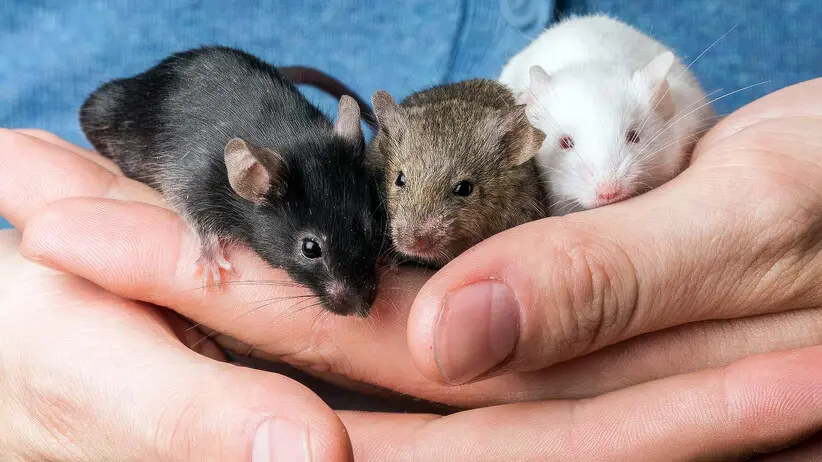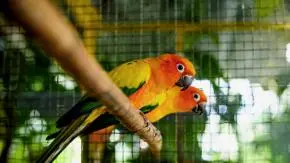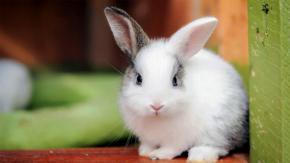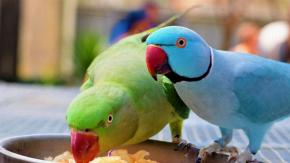Although mice and rats are closely related in species and genealogical similarities, they offer different behavioural and pet-owning experiences.
Most people can’t tell the difference between pet rats and mice, but they’re very distinct in their dissimilarities. They are both rodents, but their care requirements, living styles, and longevity are very different.
For example, mice tend to be like hamsters; they’d rather play independently and live in their bubbles. Meanwhile, ‘fancy rats’ (the scientific name for pet rats, really!) can be suitable pets for those looking for cuddly rodents who love attention and quality time.
Let’s look at some key concerns regarding living with rats and mice to help you decide which will suit you best.
Rats Vs. Mice
1. Bonding And Play-time
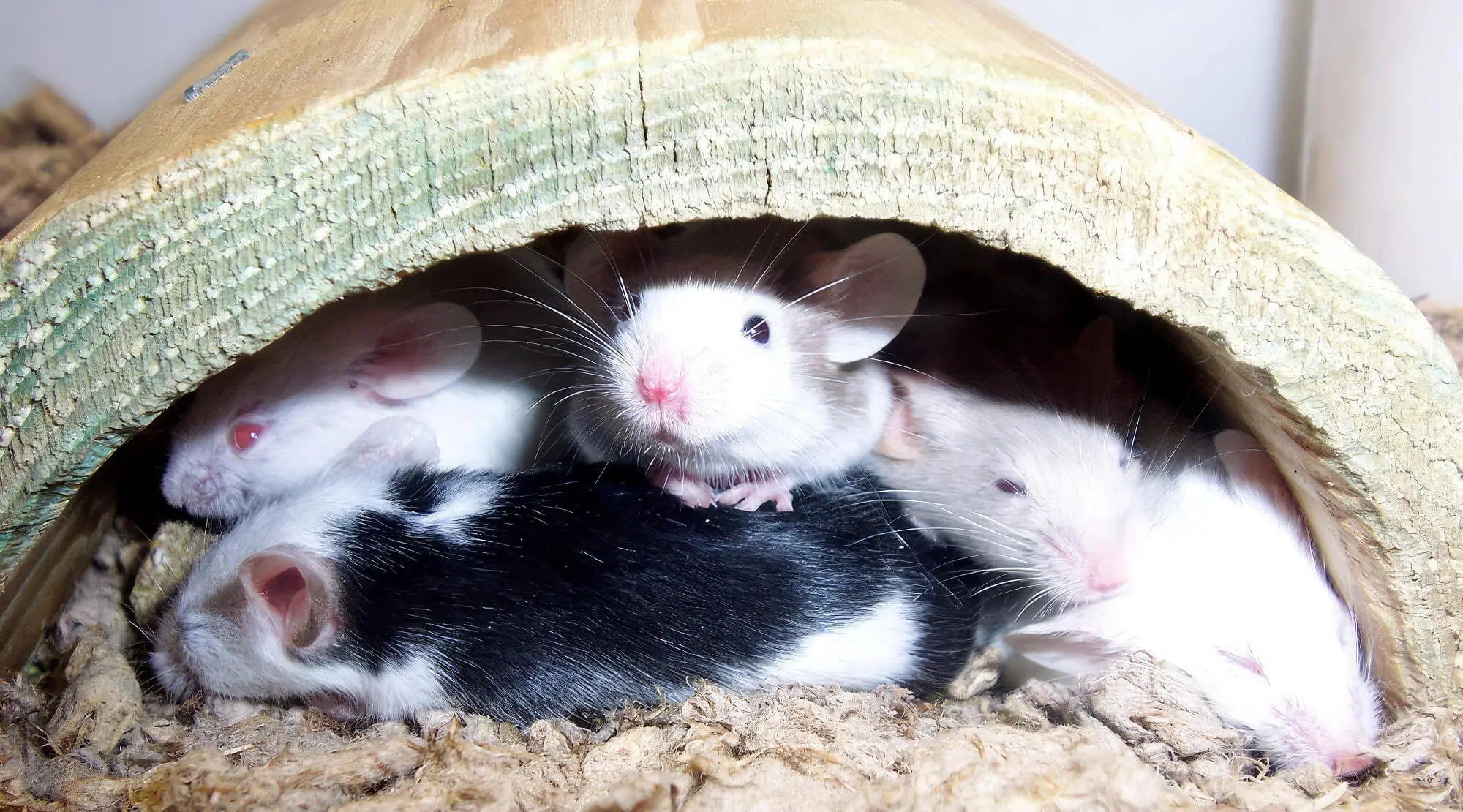
Rats love to bond with their pet owners - they develop dependency and strong bonding with their owners and would rather play and cuddle than be alone. But this need for affection makes pet rats easier to handle since they are bigger, more robust and move slowly when tamed. However, such affection-craving instincts can sometimes make it difficult for rat owners to leave their pet rats at home for a long time.
Pet mice, on the other hand, are quite self-sufficient. They can be handled, but they don’t need affection like a pet rat with whom you’d have to play for at least an hour per day.
Consequently, mice don’t precisely mind if you’re missing for several days, as they’re more obsessed with playing in their cage. So, it’s best to fill their cages with enriching set-up and toys, or you can even get more cage mates!
If you’d rather have an independent pet, go for mice (preferably male mice), but if you want a cuddle buddy who’ll give you constant affection, opt for pet rats.
2. Behaviour
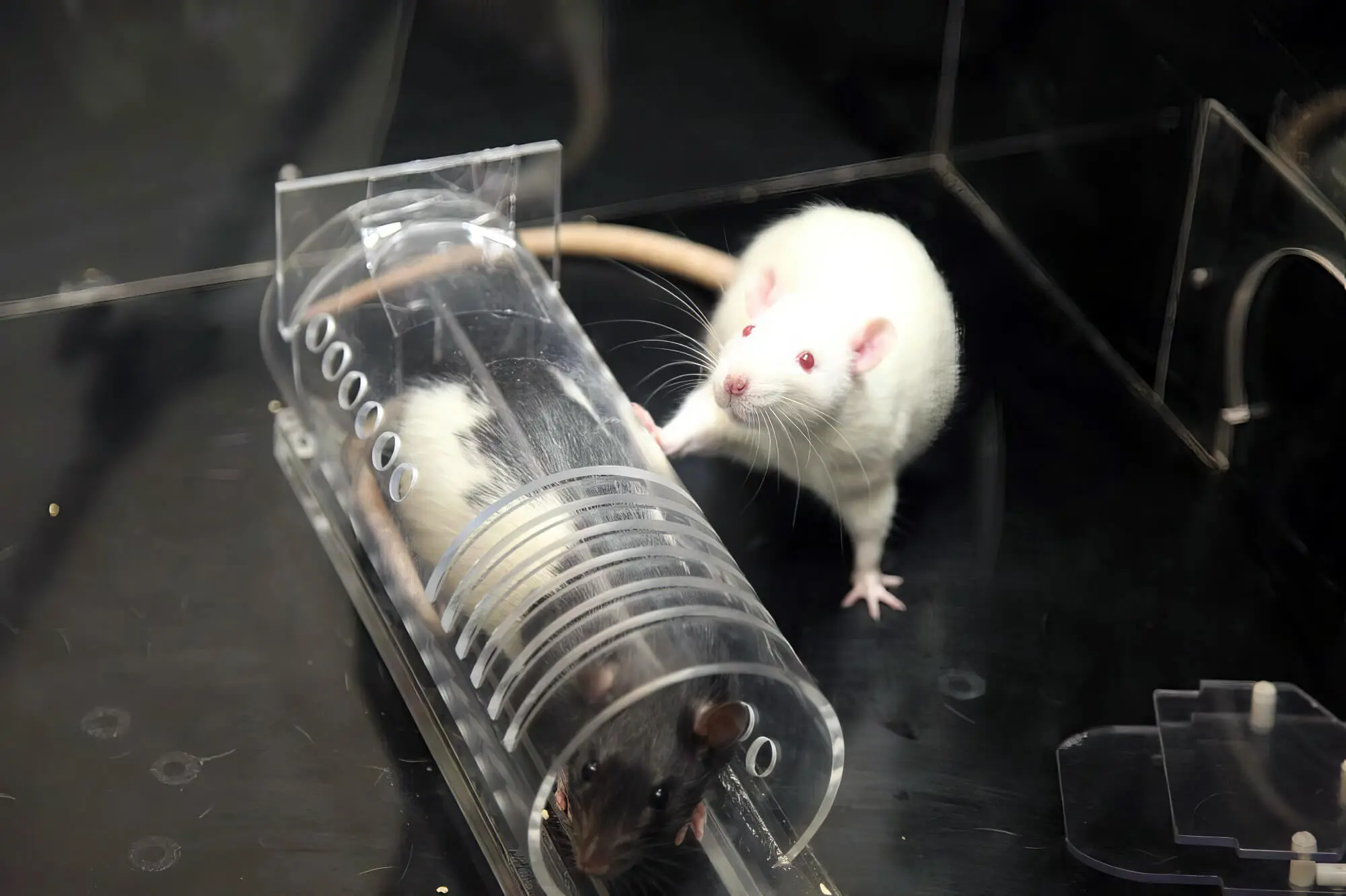
Pet mice and rats are usually tame and non-aggressive if they are appropriately bred, with particular attention to temperament and health. In both rats and mice, the male sex shows hormonal aggression to their owner or even playmates of their species.
This aggression is usually observed around four to five months in male rats and six months in male mice. It can be cured by neutering or castration, while you can also have a hormone implant for rats.
Since rats and mice are social animals and thrive among their species, keeping single-sex pairs or groups in the same cage is recommended. If you find that your male pet mouse is still being aggressive to others, it’s best to neuter it to avoid further problems.
However, whether to keep an adult male rat in a separate cage depends on the temperament and habits of the individual mouse. The safest option is introducing a neutered male rat to a female or castrated male group.
3. Cage Size
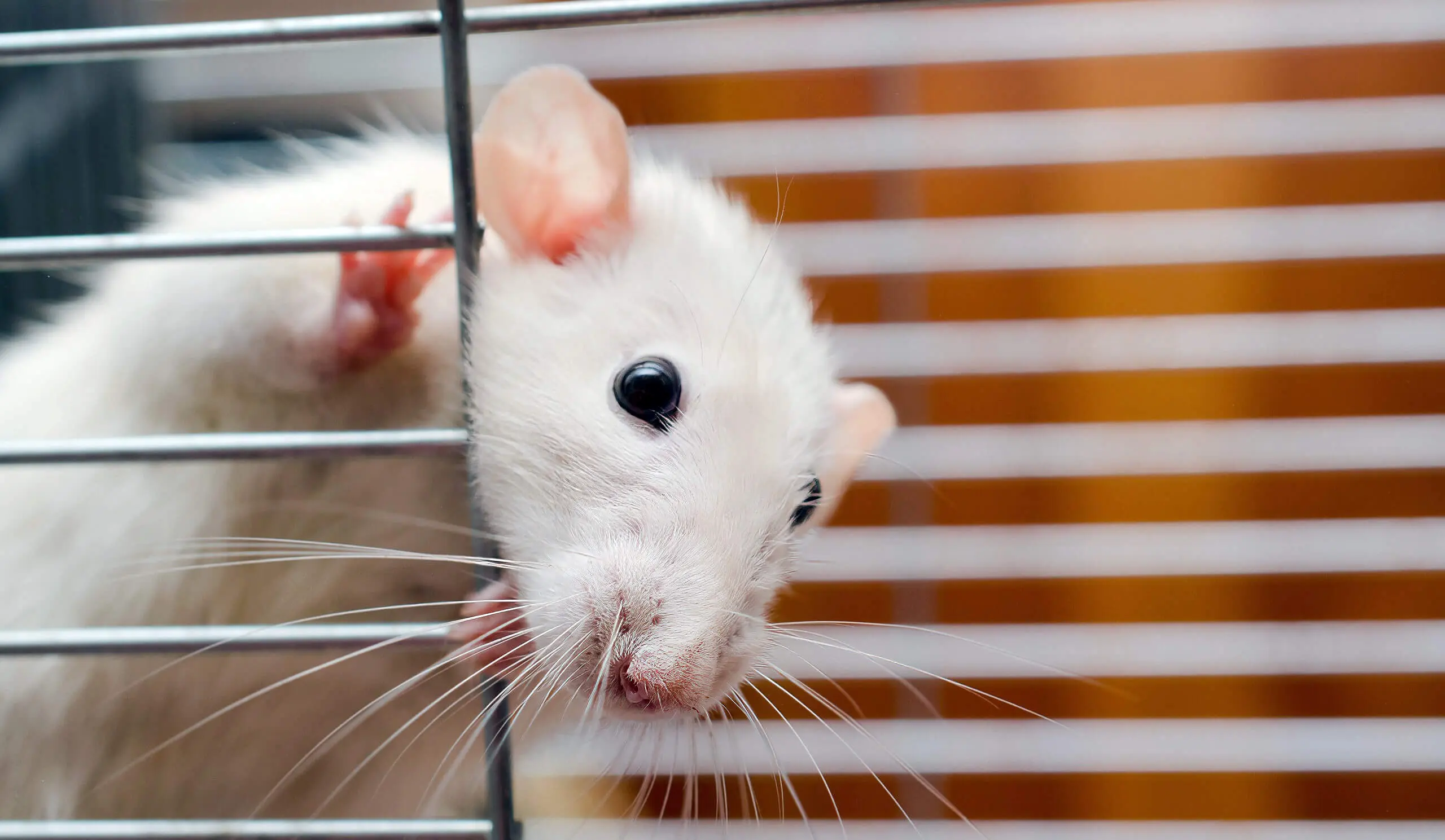
Pet rodents are very intelligent compared to their size, so their cages should be filled with various things to do and not be kept empty. Now, a rat cage is usually bigger than one designed for mice due to height and weight; but mice often require larger spaces, too. This is because they can be very quick and active in their movement.
For instance, a cage measuring about 80 x 50 x 80 cm should be sufficient for your rat, including the space required for its food bowl and tank. But if you don’t know what to keep inside, consider getting a rat cage starter kit with fun items like a hammock, shed, and rat wheel besides the regular feeding tools.
You can downsize cages for your pet mice; however, giving them enough space for natural behaviour habits like digging is recommended. Moreover, mice live on the substrate, so ensure a thick layer in a cage.
Another issue with mice cages is that you’ll need to find one with small bar spacing so they don’t squeeze out of the gap. In this case, you can opt for a rodent cage that can solve all these problems. Simply add a substrate layer, fill the water tank and food bowl, and your mice will be ready.
Remember to add a good quality and chemical-free substrate so it doesn’t harm your rodents if they ingest it. We suggest organic pet bedding, natural pine shavings, shredded paper, or plain wood shavings to keep your pet mouse safe.
4. Cleanliness And Odour
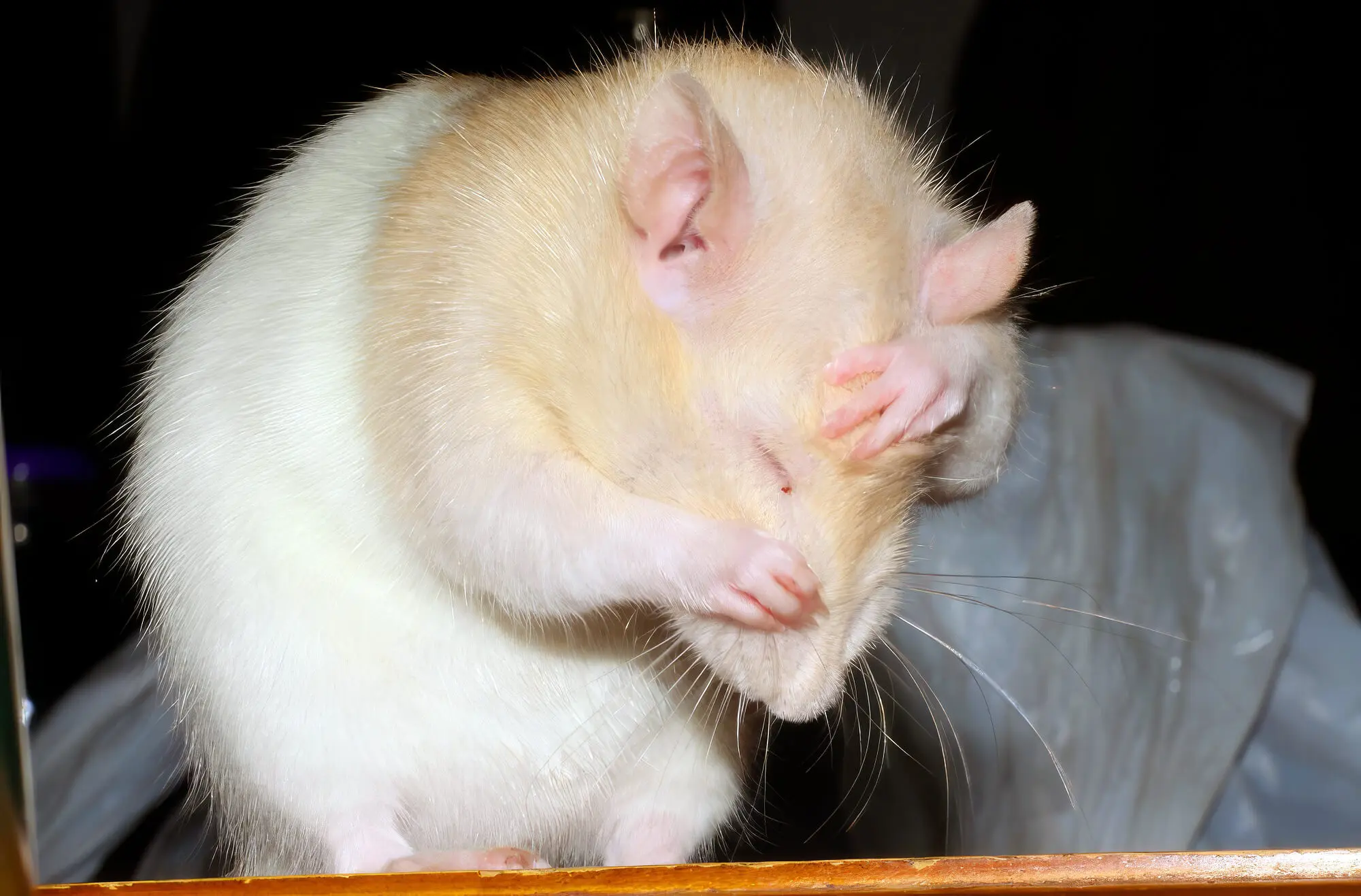
When it comes to bad odour and general hygiene, the species isn’t to blame - rather, it depends on how they are cared for, what bedding you use, and how often they are cleaned out. Generally, rodents like mice and rats are ‘good’ pets, as they can be toilet trained with the proper procedure. However, like all caged animals, they will smell, and its intensity depends on their caregiver.
Mice have a stronger, distinctive and musky smell that they use to mark their territory in the wild, so it’s their natural biology. If you want to reduce the smell as much as possible, consider keeping separate cages for their litter. And before getting a pet rat or mouse, visit someone who already owns the two species and see if you can deal with their smell and general lifestyle.
5. Longevity
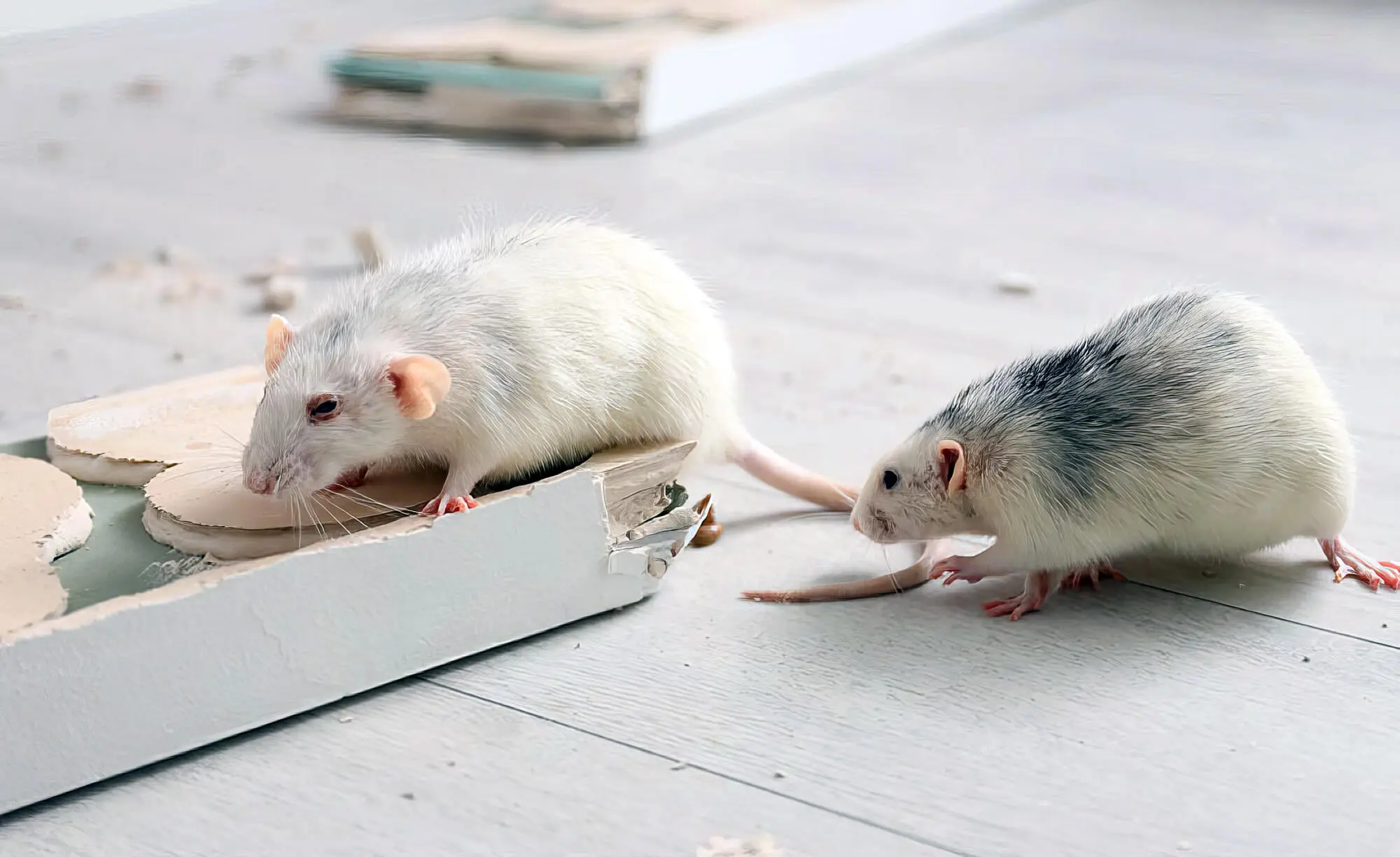
Pet rats and mice don’t live for long. The average lifespan of rats ranges from 2 to 4 years, while mice live for only a couple of years.
Although their short lives are a bummer for pet owners, they help you focus on your other long-term goals without worrying about caring for a pet for a long. Every cloud has a silver lining, after all!
Other Differences Between Pet Rats And Mice
Before adopting any pet, be it a cat, dog, or in this case, rat and mouse, it’s also essential to learn about their lifestyles in terms of:
1. Sexual Maturity
Many rodents, especially mice, reach their sexual maturity at four to seven weeks. However, rats reach maturity at different ages, depending on their gender. For example, female rats require eight to nine weeks, while male rats need at least 10-12 weeks to mature sexually.
2. Gestation Period And Litter Count
Pet rats’ pregnancy lasts 19-21 days, while a mouse can give birth only within 21-23 days. Moreover, mice can give birth to 4 to 12 babies at a time, while rats can produce up to 18 ‘pups.’
3. Diet
Most rodents are natural omnivores, but a rodent can also live on plants in the wild. However, when in captivity, they will require more nutritional food, which commercial pet food, fruits, and vegetables can easily provide.
And although it may seem gross to us, it is fairly common for rodents to ingest their fresh poop to get all its nutrients. All rats and mice who live happy lives do it, so don’t stop this behaviour!
Which Rodent Is Right For You As A Pet?
Keeping rats and mice is an inexpensive way to have companionship compared to owning and maintaining dogs or cats. Rodents eat less food than larger animals, so you won’t need to invest frequently in their feed. They are usually low maintenance, and the things you’d need to help them survive won’t burn a hole in your pocket!
So, if you decide to adopt a rat or mouse, Planet Pet can be your one-stop destination, with everything from cages, water tanks, and litter pans to bedding and even toys. We support local Australian pet businesses and facilitate quick delivery for your (read your pets’) convenience.

